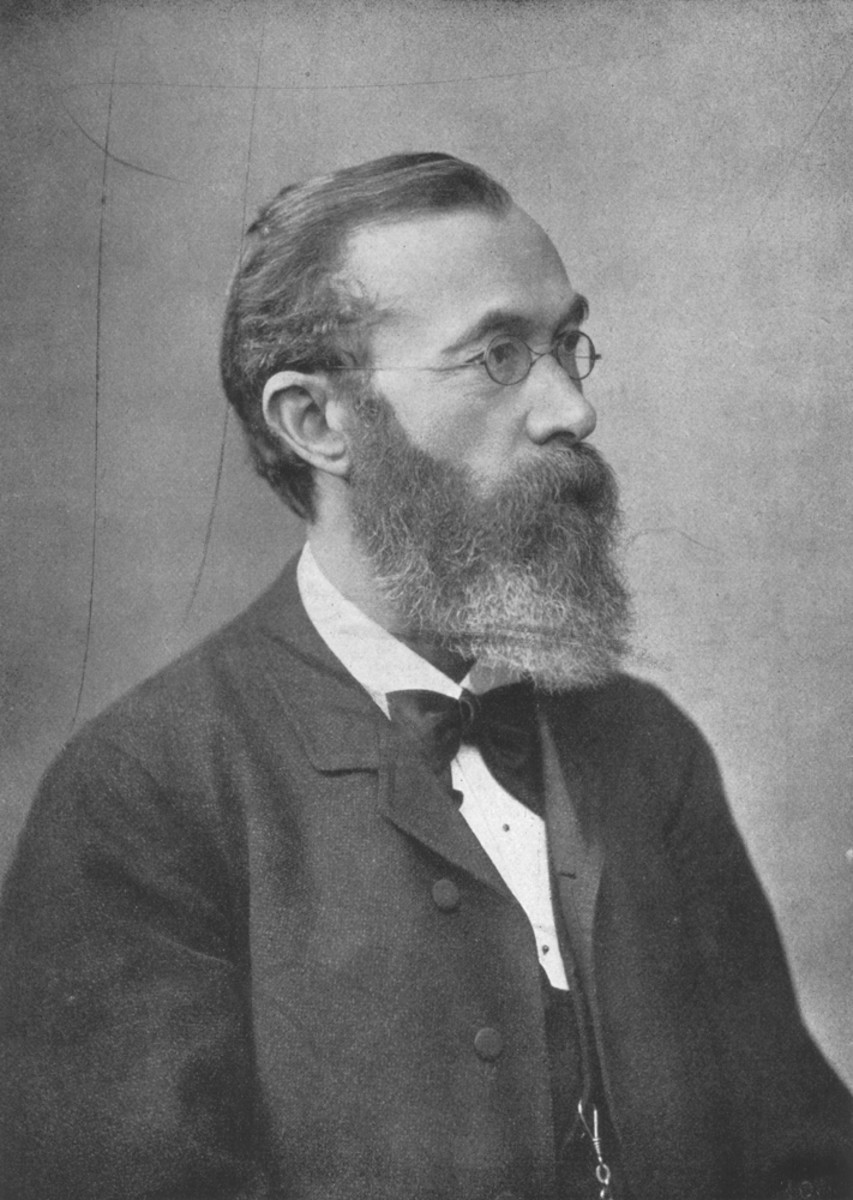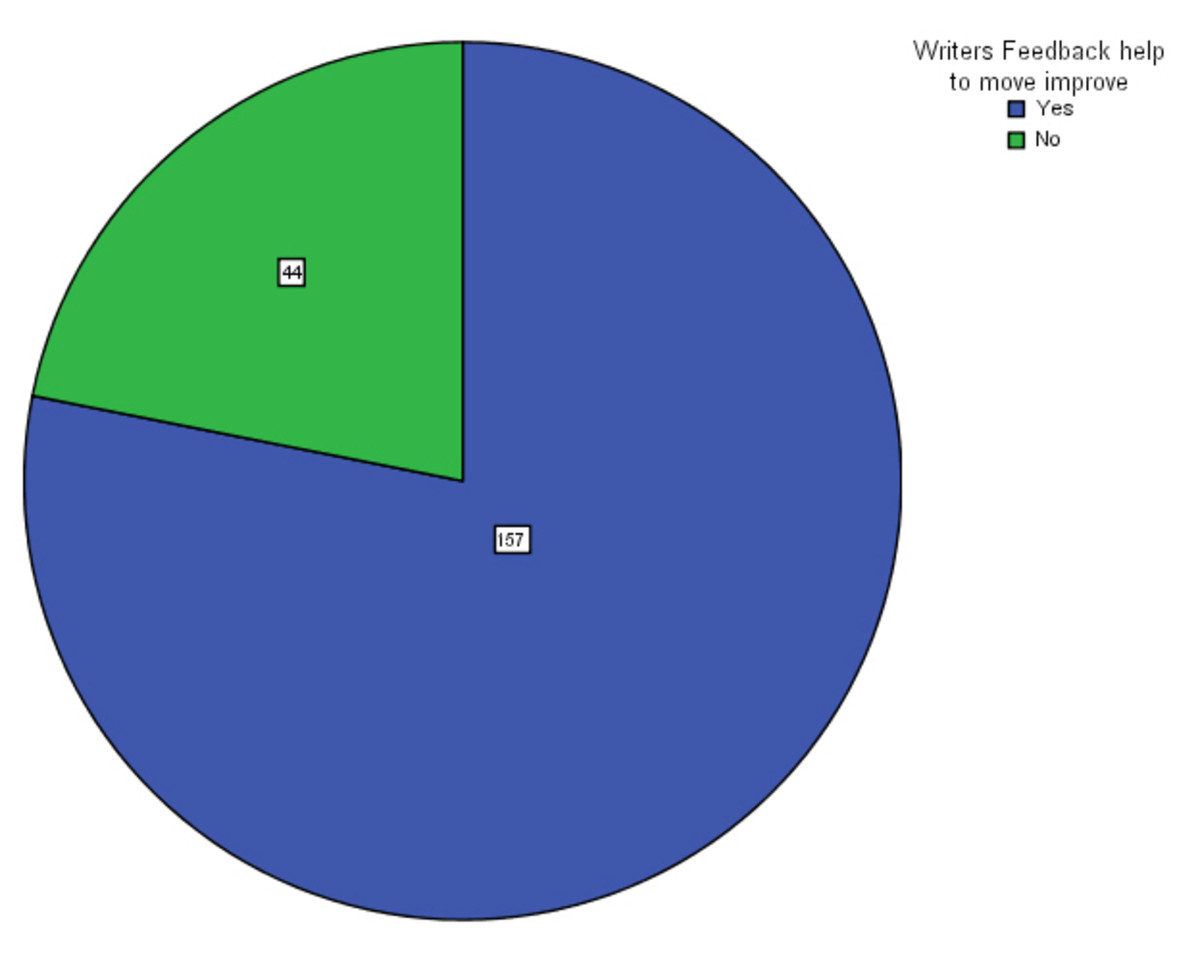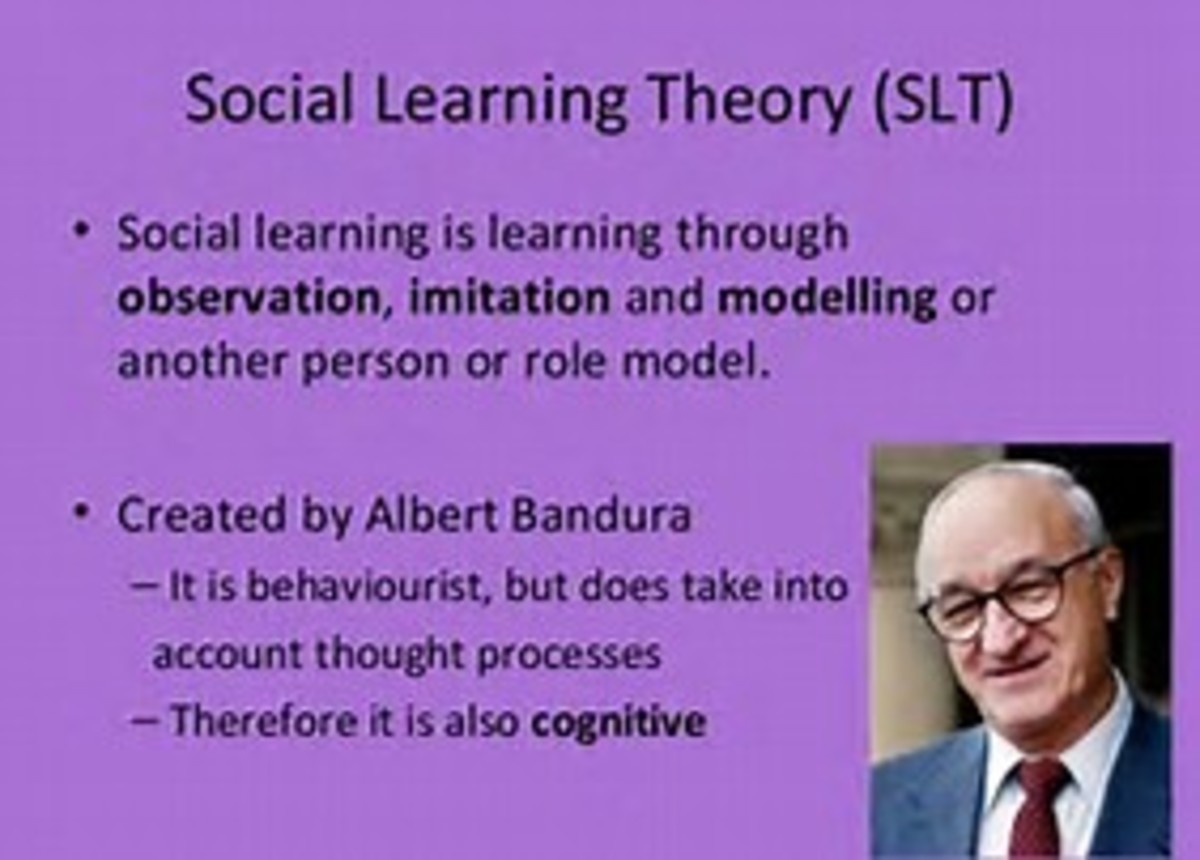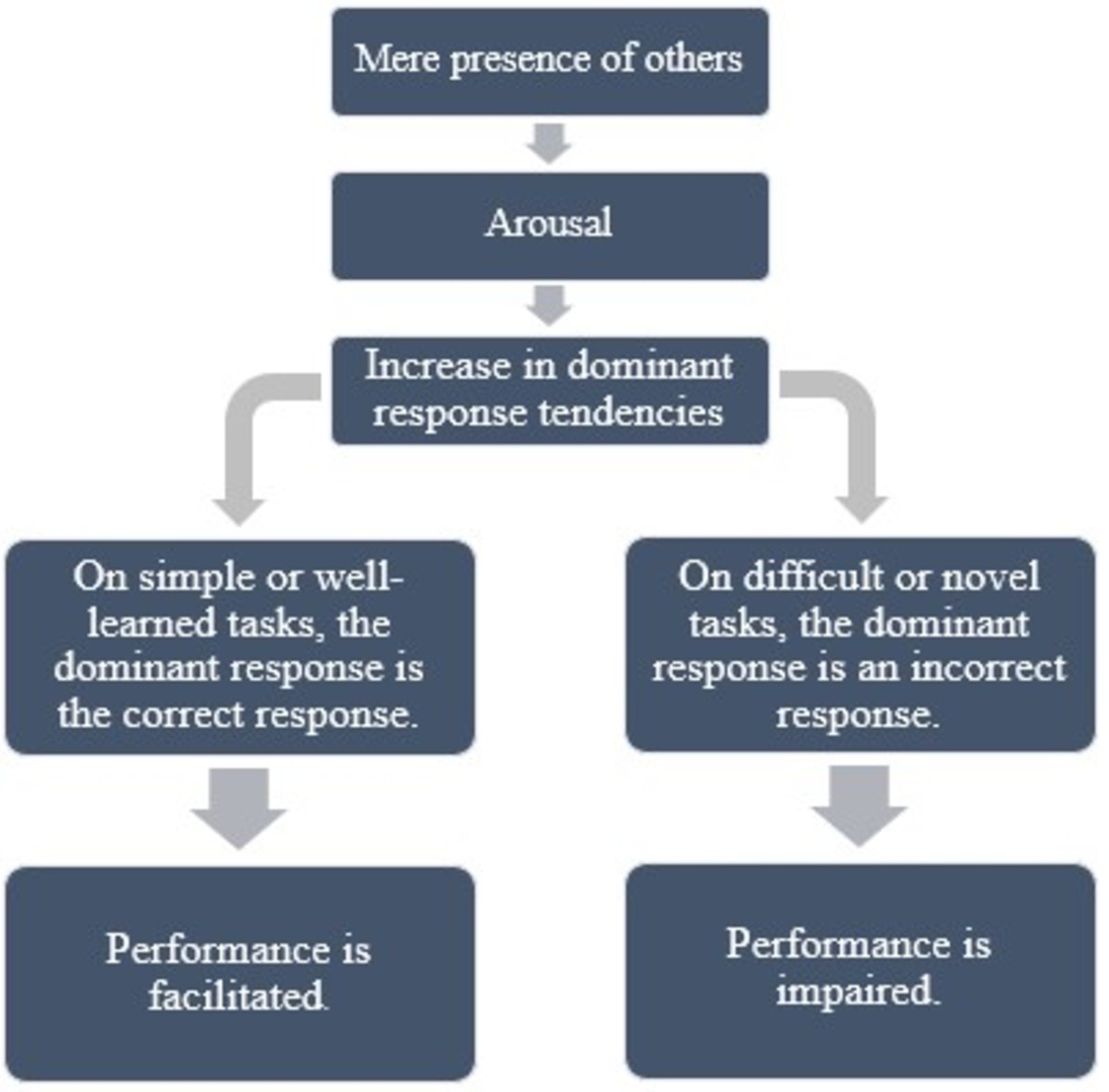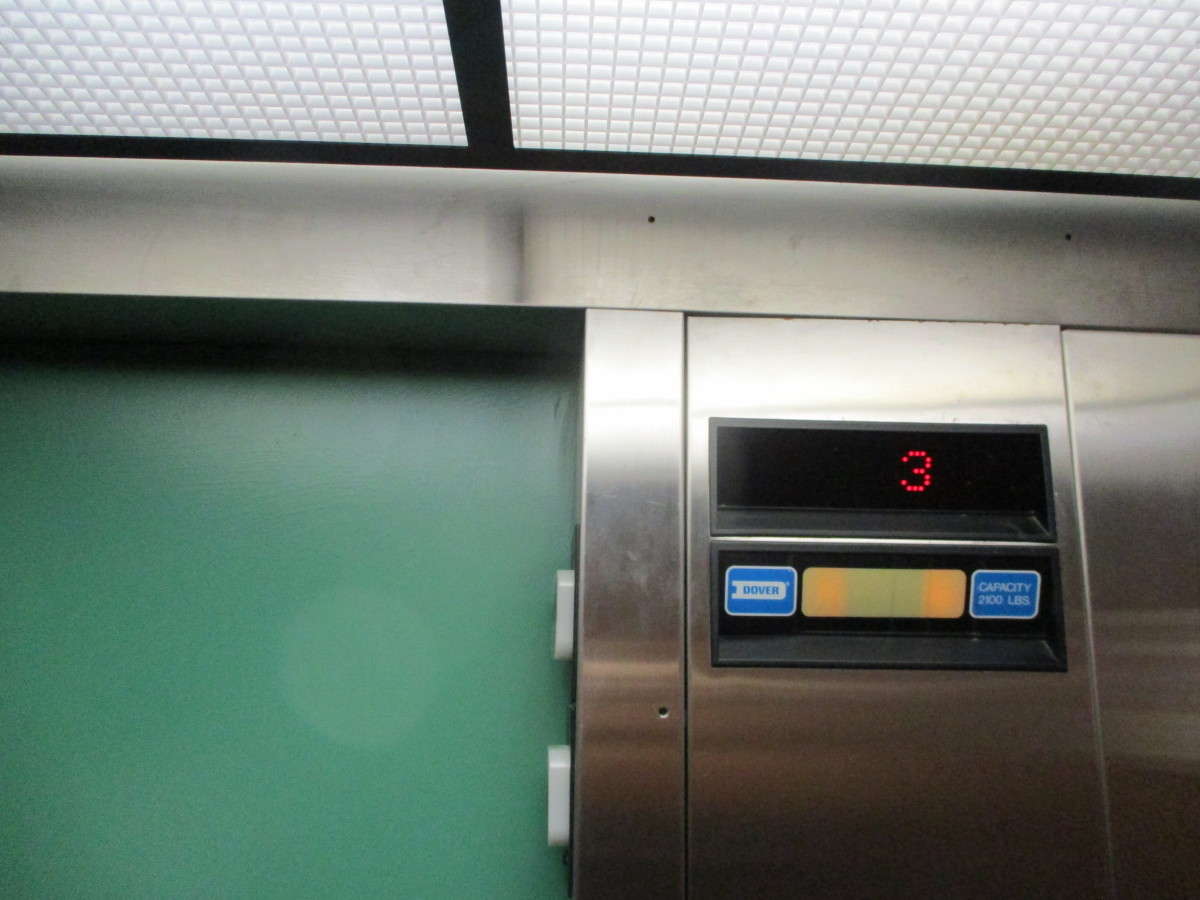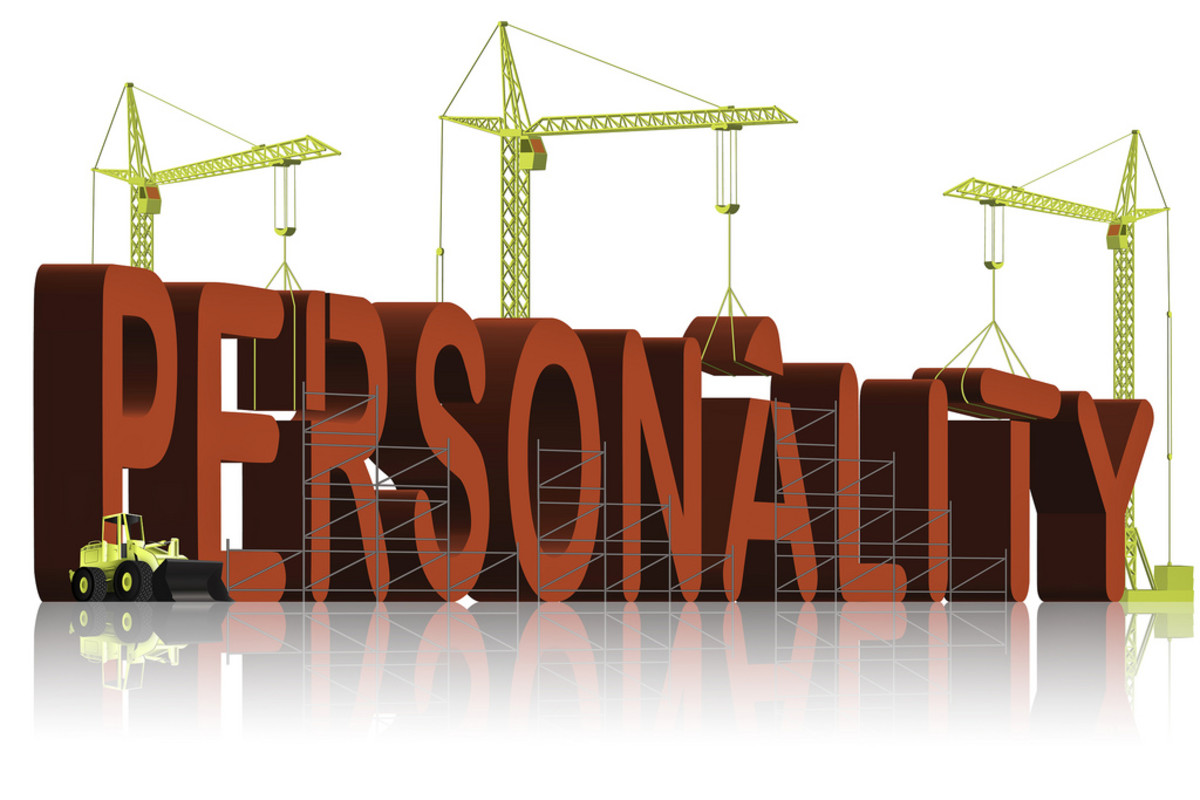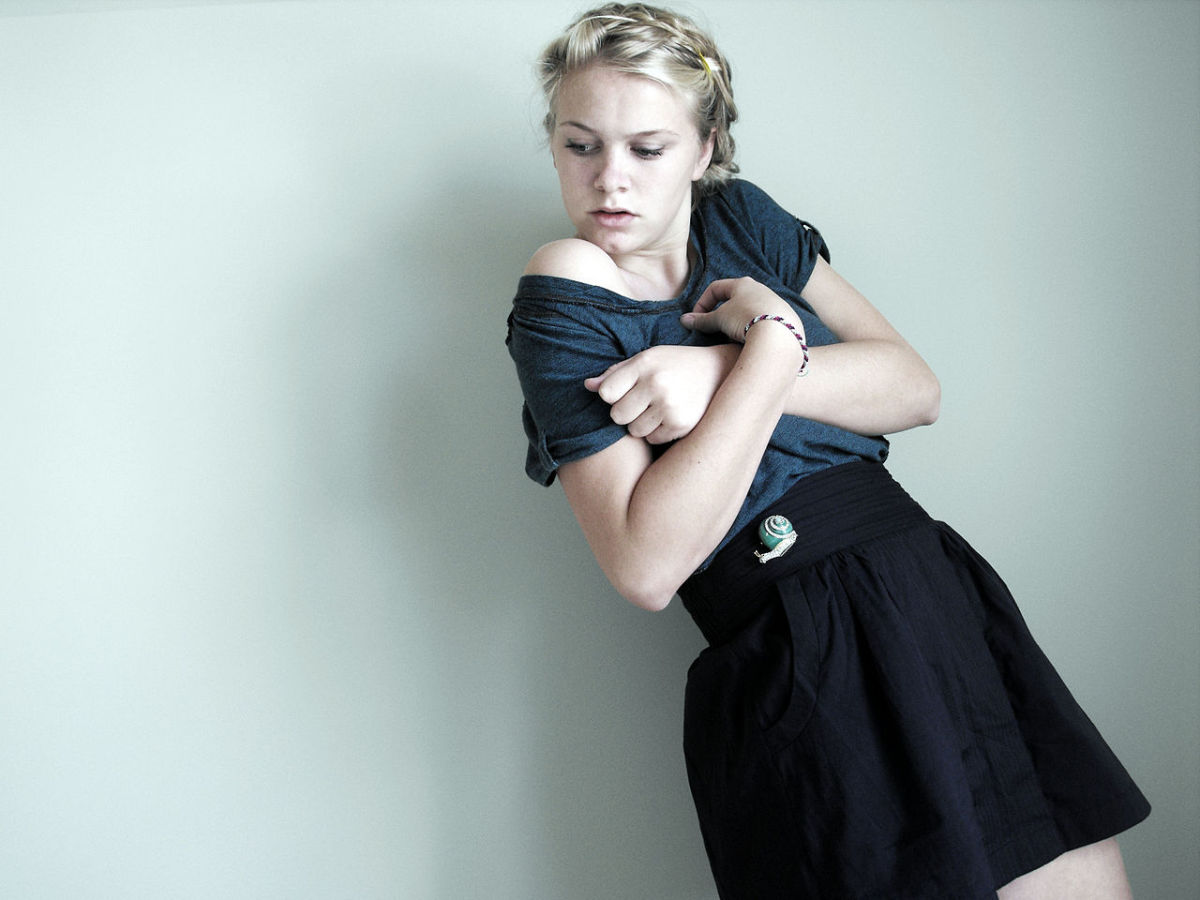All I Needed to Know for my Alevel Psychology (OCD, MEDIA, RESEARCH)
Research Methods
Methods
· Experimental Methods-lab, field, natural, experiment
· Non-experimental Methods-no IV manipulation (cause or effect), using questionnaires, interviews, naturalistic observations
· Sampling-random, opportunity, volunteer, stratisfied
· Hypotheses-null and alternative (directional-one-tailed test, non-directional-two-tailed test)
Designs
· Experimental Design-matched pairs, independent measures, repeated measures
-Improved using fewer participant range and counterbalance to reduce order effects
· Investigation Design-define and operationalize variables
1. Reliability-consistency
-Experimenter-researcher training (pilot study)
-Inter-rater-more than one experimenter (standardise, operationalize)
-Internal-investigation (split-half method and inconsistencies removed)
-External-measure in different situations (test re-test)
2. Extraneous variables-one DV effected but not an other
3. Validity-The extent it measures what it is meant to
-External (generalizability)-context, population, temporal (if survives time)
-Internal (experiment)-content, face (instrument), concurrent (different tests, scores correlate), predictive (different tests, times but correlation)
Data Types and Graphs
1. Chi-squared-Nominal data (categories e.g. hair colour)
2. Spearman’s Rho-Correlation, Ordinal data (categories in logical order, similar values e.g. race times)
3. Mann-Whitney-Ordinal, difference tested, independent data
4. Wilcoxen-Ordinal, difference tested, related data
· Internal data-measured unites on a scale e.g. temperature
· Ratio data-equal intervals with a genuine zero point e.g. weight
· Descriptive statistics- Measures of central tendency-mean, mode, medium
· Measures of dispersion-range, standard deviation
· Graphs-histogram, bar chart, scatter gram, frequency polygon
· Thematic Analysis-organize text into categories to summarize content
· Content analysis-technique for analysing data according to themes or categories by identifying them, counting the numbers and analysing
Errors
1. Null hypothesis is falsely rejected because test is less stringent e.g. a high probability is 10% (where 5% chance of this error type means 5% due to error)
2. Alternative is falsely rejected e.g. 0.1%
OCD
Definition
· A psychiatric and anxiety disorder (when behaviours are supressed)
· Obsessions-intrusive and unwelcome repeated thoughts
1. Obsessional Thoughts-repeated offensive words
2. Ruminations-simple internal beliefs
3. Doubts-repeated worrying themes e.g. locked door
4. Impulses-dangerous or embarrassing actions
· Compulsions-need to perform rituals to stop imagined consequences
-Checking, cleaning, counting and dressing rituals
· Failure to function adequately-diagnosis criteria e.g. has to be present for at least two weeks, is unpleasant etc.
Biological Approach
1. Genetic
-Family study-Pauls et al 10% 1st degree relative>2% general population
-Twins study-Carey and Gottesman 87% MZ, 47% DZ
-Research-attempts to identify the precise gene is in its early stages
2. Neuroanatomical
-Dysfunction in the Orbito-Frontal Cortex in the frontal lobe so no messages are filtered, meaning the thalamus is overwhelmed by thoughts
-Menzies et al -31 people had OCD, 31 were 1st degree and 31 were normal, they did a repetitive task and stopped with a beep. G1/2 found it harder to stop, had less OFC grey matter and more activity in the cingulated region (involved with control)
-OCD occurs with basal ganglian disorders e.g. tourettes
-OCD sometimes occurs with OFC or basal ganglian damage (reductionalist because not always)
-Therapies-Psychosurgery-a probe sent to the cingulated gyrus
-Evaluation-Cosgrove-only 30% effective, Baer et al-successful cingulotomy, Long term effectiveness-25-70%
3. Biochemical
-Not enough Serotonin or synapses can’t absorb enough
-Zohar et al found serotonin was 60% beneficial
-Therapies-Anti-depressants-tricylces (e.g. totranil) increase serotonin and noradrenaline and also selective serotonin re-uptake inhibitors (e.g. Prozac)
-Anxiolytic-treat the accompanying anxiety. For example, benzodiazepines increase gamma amino butyric acid effectiveness to decrease psychological activity while beta blockers block nor/adrenaline and cortico steroids to reduce ANS activity and so arousal
-Evaluation-predictive validity, high internal validity, aetiology fallacy (study of causation), 90% relapse rate, side effects, dehumanization, full awareness of commitment, psychological factors too (nature and nurture)
Psychological Approach
1. Behavioural Approach
-All behaviour is learnt via conditioning and modelling and can be unlearned
-Mowner’s two process model is when classical conditioning occurs and the compulsions are reinforced by operant conditioning
-Therapies-Modelling is when therapist models fearlessness (based on Bandura’s social learning theory)
-Exposure and response prevention is when the participants are continuously exposed to anxiety-provoking situations over 3-8 weeks and are taught relaxation techniques
-Evaluation-Hollen et al found that it had long lasting success rates, modelling is less successful for anxiety than phobias, Bandura had a 90% success rate with snake and dog phobias, modelling works best with children because they have tabula rasa (blank slate),Hollen et al found ERP had 55-85% long term improvement 25—30% drop out rate, genetic factors, deliberately creates anxiety, Rachman and Hodgson found that anxiety decreased after rituals, Rachman found it useful for compulsions but not obsessions, causation, doesn’t explain why rituals relate to washing and counting not to other behaviours
2. Cognitive Approach
-Salkovski found actions neutralise and surprises intrusive thoughts
-Therapies-Cognitive Behavioural Therapy is when participants are taught about their obsessionals and compulsions and asked to challenge and value them, using stopping thoughts in 15-20 one hour sessions
-Evaluation-Wilhelm et al said there were improvements in 15 participants over 14 weeks, Jones and Menzies found 20% success over 8 sessions, Ellis said benefits occurred only because you are sharing your thoughts, Salkovski-people with OCD have more intrusive thoughts, Salkovski and Kirk-2x thoughts with OCD, via diary causation, genetics
3. Psychodynamic Approach
-Mental disorders are because of unresolved conflicts from childhood
-The ID is against the Superego, with the Ego in between
-People with OCD are caught in the anal phase, when 3 year olds are pressured to not be dirty in potty training leading to guilt and repressed anger
-Adler said that people with OCD had an inferiority complex because their parents dominated them, decreasing their competence
-Defence mechanisms-isolation (thoughts don’t belong to them), undoing (impulse cancelled by acts), reaction formation (do opposite of thoughts)
-Evaluation-Milby and Weber said there was no correlation between OCD and toilet training, evidence comes from case studies
-Rachman and Hodgson said that the OCD and anal personality correlation was not strong
Reliability and Validity
Reliability-test re-test (same participants, same outcome, different tests), inter rater (different clinicians), test users must agree, ICD and DSM
Validity-prognosis of OCD (future predictions)
-Evaluation-diagnosis reliant on subjective reports, OCD shares symptoms with other disorders (e.g. obsessions and compulsions with eating disorders), comorbidity-when OCD occurs with other mental disorders (e.g. anxiety), it is difficult to draw the line between abnormality and normality e.g. 75% adults have checking bacteria, there are limited NHS resources, the validity of classification, poor predictive validity because some participants are harder to treat
-Brown et al-1400 participant interviews weak gaps between, using DSM (high inter-rater reliability)
-Lochner and Stein-OCD and co-morbid tics means higher resistance to drug therapy
Psychology as a Science
-Signs-results of objective tests e.g. blood
-Symptoms-subjective reports from patients
-Peer Review-research proposals—experts—external scrutiny—double blind
-Title—abstract—intro—aim—hypothesis—method—results—discussion—conclusion
-Method-design, participants, materials, procedure
-Scientific Processes-description—understanding—prediction--control
- Induction is when test creates theory (e.g. Newton’s law) when deduction is where the theory is tested (e.g. Darwin) and psychology is hypothetico-deductive
- Falsifiability is when Popper said you must disprove a hypothesis
- A paradigm is an accepted theory consisting of pre-science (many views), normal science (generally accepted view) and revolutionary science (shift e.g. Copernican and flat world)
Media
Prosocial Behaviour and TV
1. Social Learning Theory
-Bandura’s theory of observing, modelling and vicarious/reinforcement
-Reciprocal determinism is when the individual effects the environment and it to them
-Effective modelling consists of attention, retention, reproduction, motivation
-Modelling is best with a warm subject who you can identify with and is appropriate
-Sprafkin-6 year olds, Lassie with rescue spent 90 seconds helping the puppies while no rescue and Brady Bunch only spent 50 seconds
-Baran et al-8—10 years, children more helpful with helping Waltons episode
-Rosenkoetler-Prosocial behaviour increases with prosocial TV, especially with parental mediation
2. Parental Influence
-BBC ‘watch with mother’
-Austin-effective mediation with parental discussion
-Rice-parental discussion works with Sesame Street
-Rosenkoetler-7 year olds understand adult sitcoms with parental mediation
-Coates and Hartup-4 year olds learnt and recalled more with verbal labellings
-Ossoff-4—10 year olds misunderstood Power Rangers when 8—10 didn’t
Antisocial Behaviour and TV
1. Social Learning Theory
-Huesmann et al-550 Chicago kids, longitudinal study on 3 favourite TV programmes and frequency—398 frequency and type, interviewed three others on temper, frequency and crime types (males 3x more)
-Gunter et al-St Helena, teachers asked about behaviour via Rutter’s behavioural questions, TV was introduced and the same thing was done, with an increase in antisocial
2. Desensitisation
-Anderson et al-decreases physiological response to violence
-Cline et al-measured arousal of kids and adults to mild violent scene and arousal decreased over time
-Drabman and Thomas-violent video made 8—10 year olds take longer to break up a fight
-Mullin and Linz-after violent pornography, the response of males decreased but 2 days later it was normal
Prosocial Behaviour and Games
1. Gentile et al-increases in short and long term, over 3—4 months, using 3 studies and 3 age groups, 2009
2. Obesity-the Wii burns calories but 4x less than real exercise but builds confidence
3. MSN-88% teens do because it is a buffer from shyness and adolescent stressors
Antisocial behaviour and Games (Anderson)
1. Experimental-arousal (bp, heart rate), hostile feelings (self-report measures) and aggressive behaviour (white noise, hostility scale) measured with slow-paced puzzle and first-person shooter
2. Correlation-600 teenagers have more aggressive feelings, teacher arguments and physically fights with more games, regardless of personality type
3. Longitudinal-430 7—9 year olds do 2 surveys in a year and were rated by their selves, peers and teachers (more exposure means more verbal and physical aggression)
4. Meta-Analysis-link between games and aggression
The Hovland-Yale Model of Persuasion and Attitude Change
-Message—attention—understand—accept—yield—retain
-Source-experts, popularity, attractiveness-Messages-intelligent or hostile people require a two-sided argument, repetition increases familiarity, liking and the appearance of truth, a moderate fear to grab attention without obscuring the message
-Audience-women more susceptible to persuasion
-McGuire-exposure—attention—comprehension—yielding—retention—decision to buy
Snyder’s self-monitoring scale found high self-esteem meant high self-motivator and so were more easily impressed
-Evaluation-the first systematic approach,
-Hovland and Weiss-Participant believed drug testing material 2x more when read from a medical journal not a newspaper
-Sistruck and David-women were more persuaded when they knew the topic
-Karabenick-females more persuaded with male content
The Elaboration Likelihood Model of Persuasion and Attitude Change (Petty and Cacioppo)
-Central route-care about subject so there is motivation to evaluate and long term change in beliefs (‘hard sell’)
-Peripheral-low receiver involvement and motivation so interested in colour and sound (‘soft cell’)
-Need for cognition-a scale with 18 items
-Evaluation-Petty et al-One group had immediate exam change, others didn’t, G1 message, G2 sources, when all had high/low expertise and statistics/opinion
-Eysenck-difficult to predict which route, happen at once but don’t interact, can shift
Influence of Attitude on Decision Making
-Fazio et al-both are right but when behaviour and attitude are inconsistent, only 1 is
1. Cognitive Dissonance Theory (Festinger)
-When 2+ conflicting cognitions cause uncomfortable tension with motivation for change
-Have to change behaviour (most difficult because admit wrong in first place), justify behaviour by adding/changing a cognition
-Dissonance after something has been done-post-decisional dissonance
-Make chosen alternative seem better-spreading effect
-More dissonance if it harder or more important decision
-Evaluation-no prediction on its reduction, assumes everyone finds dissonance uncomfortable, general theory successfully applied when attitude and behaviour are different, doesn’t make specific predictions so advertisers unsure
-Festinger’s Mrs Keech natural experiment, thoughts aliens stopped
-Festinger and Carlsmith-boring task for 30 minutes, G1 $20 (external justification), G2 $1 (internalised attitude), G3 control-persuade confederate it’s interesting
-Freeman et al-young smokers rejected anti-smoking messages
2. Self-Perception Theory
-Watch own behaviour to understand own attitude
-More likely when weak/confusing internal cues or hard to know what we feel
-Boring experiment-G2 did so because they actually must have enjoyed it
-Evaluation-Holland-those with weak positive attitude towards Greenpeace gave most money, low validity because can’t always happen e.g. when behaviour and attitude are different, reliant on self-report measures, predicts foot in the door but not in the face-when people’s behaviour is less consistent
Social Psychological Explanation of the Attraction of Celebrity
1. Social Comparison Theory (Festinger)
-We evaluate ourselves by comparison to others, with realistic or upwards perception
-It explains why the media effects materialism, self-esteem and body image
2. Parasocial Relationships (Horton et al)
-When one-sided relationships are formed with a media persona
-Similar to real because ends in distress e.g. ‘Friends’ (lonely people worst)
-Better than real because no demands or rejection
-Maltby et al-11—16 years, high celebrity interest, less closeness to others
-Ainsworth-Secure, avoidant and resistant attachment in strange situation
-Alternative-Absorption-Addiction Model-people have abnormal relationships because they have low personal identity and poor psychological adjustment
-McCutcheon’s celebrity attitude scale-entertainment (common sense of conversation), personal (intense thoughts and feelings), borderline pathological (uncontrollable ‘real’ relationship)
-Evaluation-Maltby et al-research links between celebrity attraction and poor psychological adjustment,
Evolutionary Explanation for the Attraction of Celebrity
-Darwin-neural hardwiring has slower adaption to the environment
-Gossip-reinforces social bonds and keeps track of potential dangers, where media is the global campfire and celebrities are the key members of the social network
-Neophillia-love of novelty leads to sexual selection, where celebrities represent fantasy
-Desirable Partners-females want resources while males want fertility
-Evaluation-deterministic
Intense Fandom and Celebrity Worship
1. Celebrity Workshop
-Borderline pathology on CAS
-McCutcheon-600 people, 20% 1st, 10% 2nd, 1% 3rd
-Cheug and Yue-worshiping teens had worse studies, help and esteem
-Maltby-higher worship meant more poor psychological well being
2. Stalking
-Zona-erotomania (sexual obsessional thoughts), celebrity stalker (loss of reality), rejected stalker (seek revenge on ex-partner)
-Robert Hoskins-Madonna, broke in, ‘marry me’, prison graffiti
-Pressing et al-most victims are female and 56% agitation, 44% anxiety, 41% sleep, 28% depression
-Train-stalkers insecure, under the metal health act
-Kienlan et al-25 in Missouri jail had child disruption


